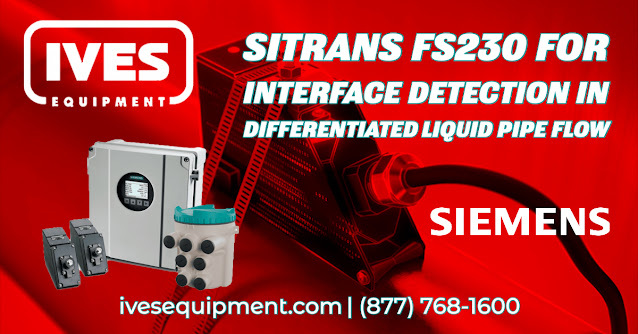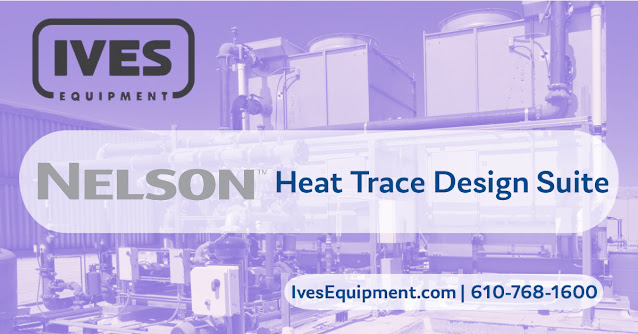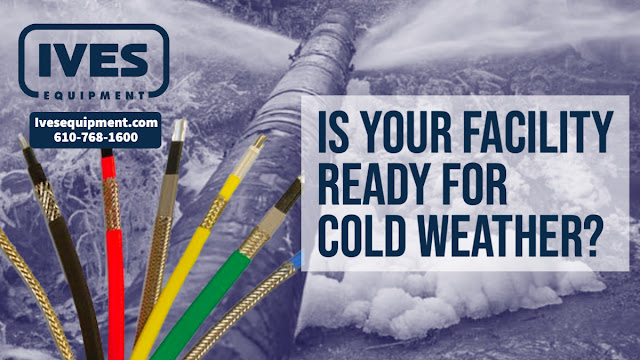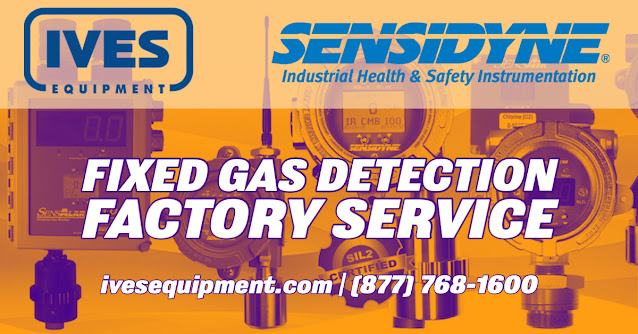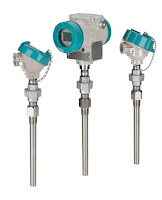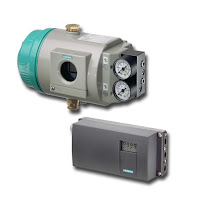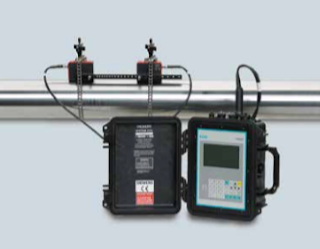- Non-Intrusive Measurement: Unlike other flowmeters, clamp-on ultrasonic devices are installed on the exterior of the pipe. This means there's no need to cut into the pipe or halt the process for installation, leading to minimal disruption.
- Low Maintenance: Since they are externally mounted and don’t have any moving parts, these flowmeters typically require less maintenance compared to their intrusive counterparts.
- Flexibility: These flowmeters can be used for various pipe sizes and materials. Their design allows for adjustments, making them suitable for a wide range of applications.
- Cost-Effective: Installation is generally quicker and easier than intrusive meters, reducing labor costs. Plus, there's no need to purchase additional fittings or shut down the system for installation.
- Safe Measurement: Because they don't come into direct contact with the liquid or gas being measured, there's a reduced risk of contamination or leakage. This is particularly beneficial when dealing with hazardous or corrosive substances.
- Wide Range of Applications: They can measure the flow of liquids, gases, and steam, making them versatile for different industries and applications.
- No Pressure Drop: Since they are non-intrusive, there's no added resistance or obstruction in the flow, ensuring that the system operates at its optimal efficiency.
- Ability to Measure Dirty Liquids: Some ultrasonic flowmeters can measure flows even when the liquid has some impurities or particles, which might be challenging for other meter types.
610-768-1600
https://ivesequipment.com
